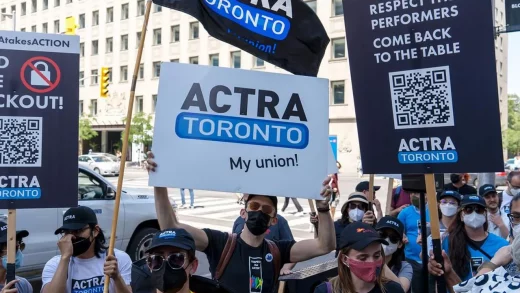
Gmail users will soon see even less spam in their inboxes. Google is taking strict action to reduce spam emails and the firm has recently updated its Email Sender Guidelines, adding a long list of requirements from bulk senders, and shared a timeline for enforcing action. Gmail now requires bulk senders to authenticate their accounts to avoid getting error messages on sent emails, and eventually having them rejected. The tech giant first announced the planned changes to reduce spam in October last year and highlighted that starting in 2024, it will begin adding Gmail protections for a safer email inbox.
Bulk senders will now be required to follow a long list of guidelines to avoid being blocked by the company. These include setting up SPF and DKIM email authentication, ensuring domains have valid forward and reverse DNS records, keeping spam rates below 0.1 percent and avoiding ever reaching more than 0.3 percent, and more. Further, Google now requires marketing messages and subscribed messages to come with a one-click unsubscribe button and a visible unsubscribe link in the message body.
As per Google’s updated FAQ, a bulk sender is someone who sends more than 5,000 emails to personal Gmail accounts in a 24-hour cycle. All emails sent from a primary domain will count towards this number. Emails sent to Google Workspace accounts will not be considered a part of this, however, if a Workspace account sends messages to personal Gmail accounts, the rule will apply. Once an account has been assigned as a bulk sender, it cannot be removed.
The guidelines have come into effect starting in February. As per the shared timeline, bulk senders who do not meet the abovementioned requirements will begin receiving an error message on a small percentage of non-compliant emails. These errors will be temporary so the senders can resolve the issue at their end.
After April 2024, a certain percentage of non-compliant emails be rejected by the tech giant, and upon further repetition, the percentage will gradually increase. Google has not revealed the exact percentage for this.
Meanwhile, the guidelines highlight that the compliant portion of the emails will not be affected. Bulk senders also have till June 1, to add the one-click unsubscribe to all commercial and promotional emails. Further, users with more than 0.3 percent spam rate will not be eligible for mitigation of their status.



